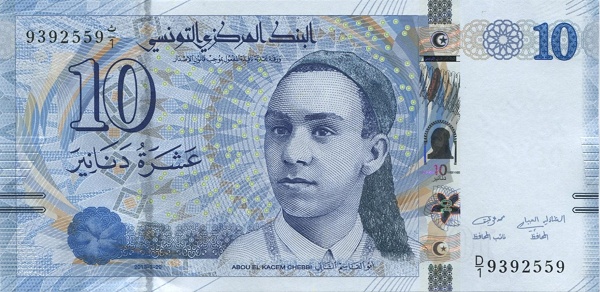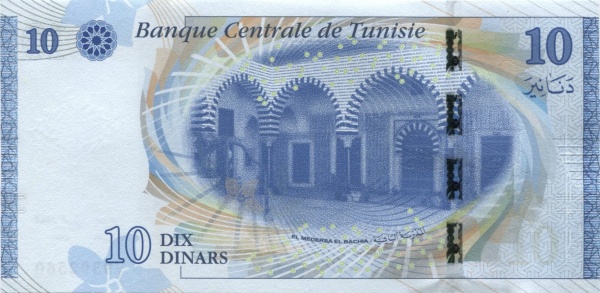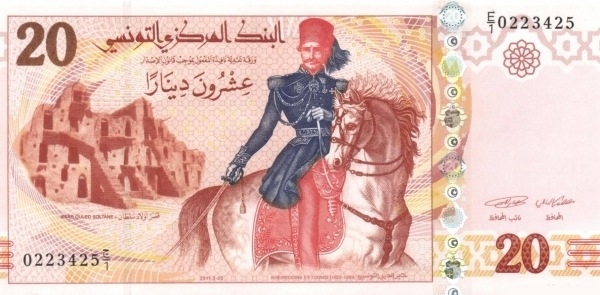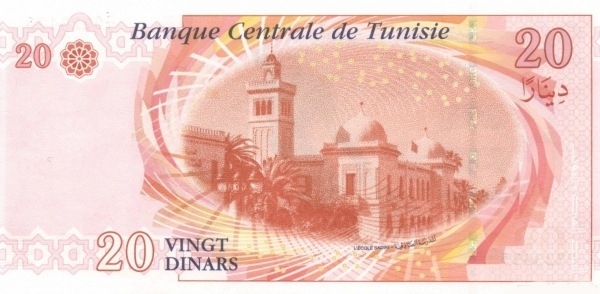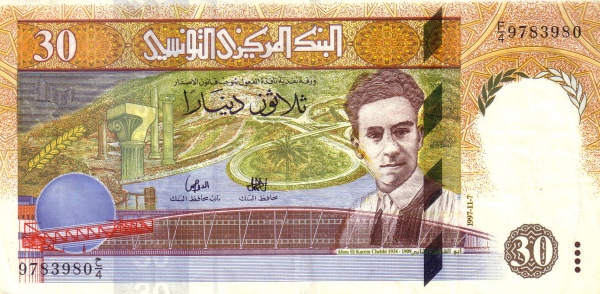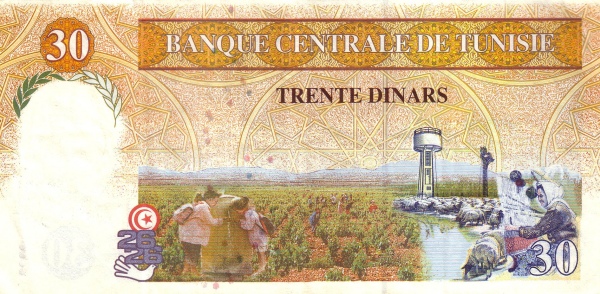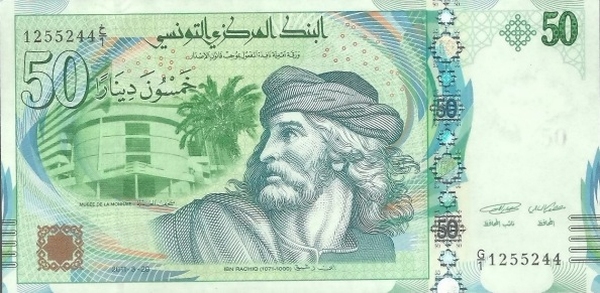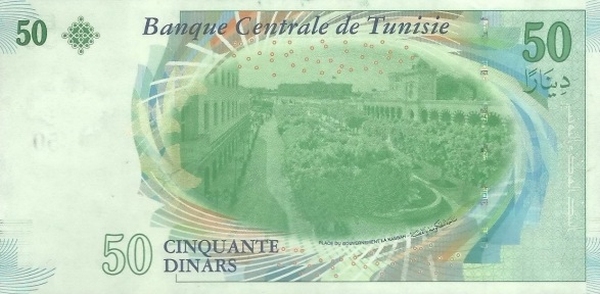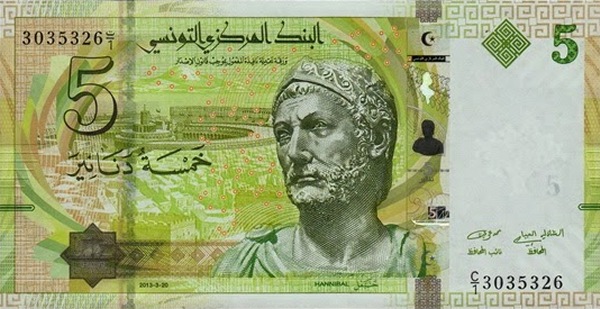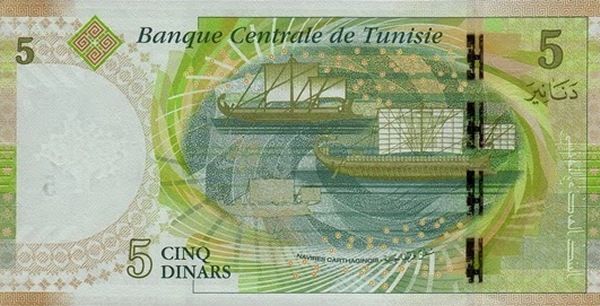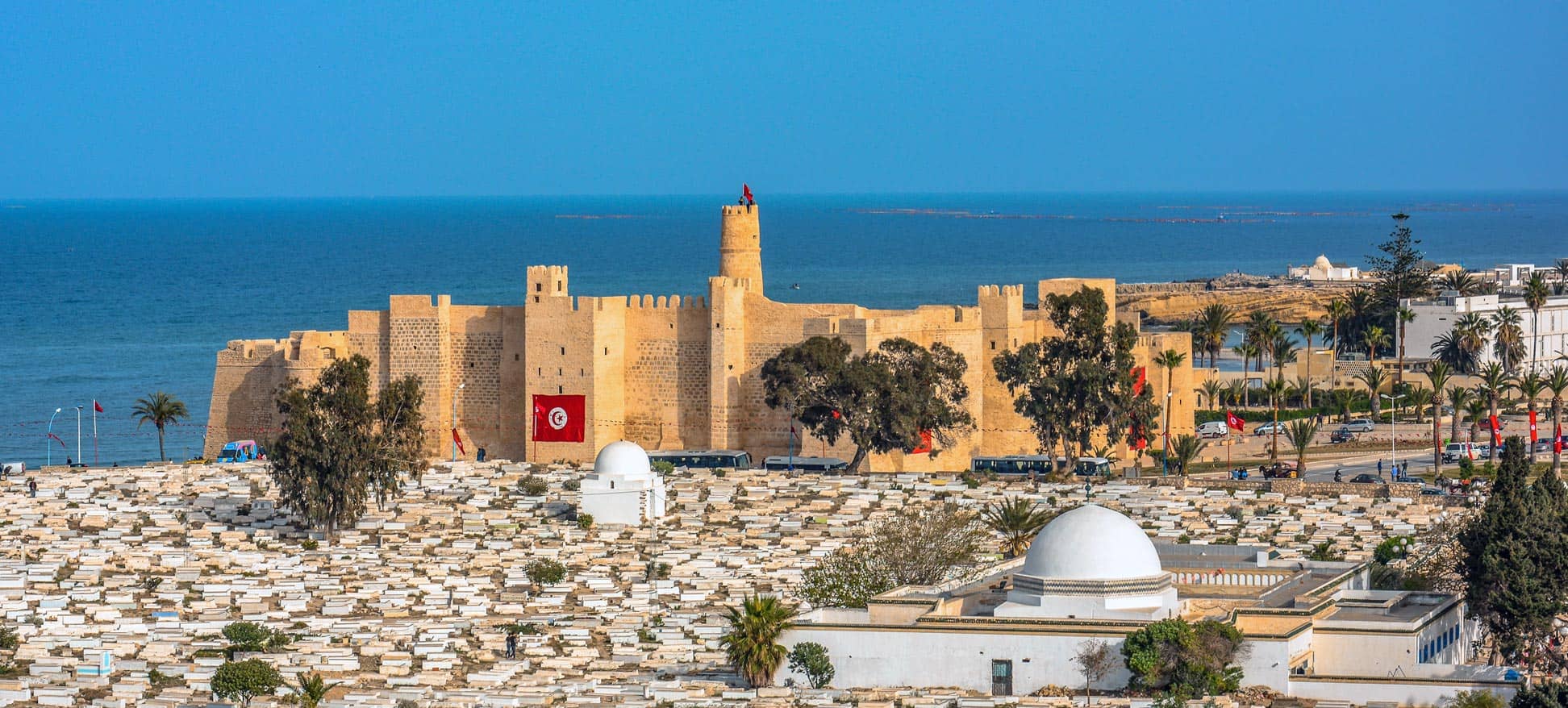Tunisia: A Brief Overview
Tunisia, nestled between Algeria and Libya along the picturesque coastline of the Mediterranean Sea, stands as the smallest country in North Africa and the Maghreb region. Its strategic location also grants it maritime borders with Italy. Covering a total area of 163,610 km², Tunisia presents a landscape that is intriguing and diverse. In terms of size, it measures approximately two-thirds that of the United Kingdom while being slightly larger than the U.S. state of Georgia.
Geographical Features of Tunisia
The geography of Tunisia paints a vivid picture of natural beauty. In the northwest, the mountainous region features the eastern foothills of the Atlas Mountains, which includes Jebel ech Chambi. At an impressive height of 1,544 meters, Jebel ech Chambi proudly holds the title of the highest point in Tunisia. Further eastward, the terrain transitions into a broad coastal plain, often referred to as the Tunisian Sahel. Renowned for its olive cultivation, this fertile area thrives under the warm Mediterranean sun. As we venture southward, the landscape shifts; we encounter a hot and dry central plain that gradually merges with the vast Sahara Desert.
Demographics and Culture
As of 2020, Tunisia's population comprised approximately 11.7 million people, with Tunis serving as both the capital and the largest city. Interestingly, the cultural landscape is shaped predominantly by Arabic, which serves as the official language, while French also plays a significant role in everyday communication. In tourist regions, one can often encounter English, enabling travelers to navigate with ease. Predominantly, the people of Tunisia adhere to Islam, which is designated as the official religion of the country.
The Historical Journey of Tunisia
From Independence to Authority
To truly understand the spirit of Tunisia, one must explore its historical journey. After gaining independence from France in 1956, President Habib Bourguiba established a dominant authoritarian one-party state. For an impressive span of 31 years, he repressed the rise of Islamic fundamentalism while simultaneously championing women's rights, making strides that were unmatched by any other Arab nation. However, the winds of change blew through the nation in November 1987, when Bourguiba was ousted from power, paving the way for Zine el Abidine Ben Ali in a peaceful coup.
The Arab Spring: A Turning Point
As time progressed, Tunisia faced increasing social unrest. In December 2010, street protests erupted in Tunis, primarily fueled by high unemployment, rampant corruption, widespread poverty, and soaring food prices. These protests escalated dramatically in January 2011, spiraling into riots that resulted in hundreds of tragic deaths. The fervor did not remain contained within Tunisia; rather, it sparked a significant wave of protests across the Arab world, including Libya, Egypt, Syria, and Yemen. Collectively, these movements became known as the Arab Spring, aiming to dismantle corrupt leadership and usher in more democratic political alternatives.
Post-Revolution Elections
Amid this tumultuous backdrop, Tunisia held parliamentary and presidential elections at the end of 2014. In this democratic breakthrough, Beji Caid Essebsi claimed victory, becoming the first president under the newly established constitution. As of October 23, 2019, the incumbent president is Kais Saied, who has continued to navigate the political landscape of post-revolution Tunisia.
Tunisia: A Member of the Arab League
Understanding Tunisia's significance in the Arab world requires recognizing its membership in the League of Arab States. This affiliation highlights Tunisia's commitment to regional collaboration and cultural cohesion among Arab nations.
Unique Cultural Aspects of Tunisia
Diving deeper into the rich tapestry of Tunisian culture reveals fascinating elements that distinguish it from other nations. The fusion of cultural influences, including Berber, Arab, and French, creates a diverse and vibrant society. Additionally, Tunisian cuisine, characterized by its bold flavors and use of spices, encapsulates this multicultural heritage. Dishes such as couscous and brik provide a delightful culinary experience that embodies the essence of Tunisian culture.
Tourism in Tunisia
Tunisia's allure extends beyond its historical narratives; it also draws tourists from around the globe. Renowned for its Mediterranean beaches, ancient ruins, and the Sahara's mesmerizing landscape, the country offers a variety of experiences. The Carthaginian ruins, a testament to Tunisia's storied past, attract history enthusiasts, while the bustling souks of Tunis captivate those seeking a taste of local craftsmanship.
Conclusion
Tunisia's journey through history, coupled with its geographical diversity and cultural richness, establishes it as a remarkable destination. Understanding the delicate balance between its past struggles and current advancements offers valuable insight into this unique North African nation. Therefore, Tunisia remains not just a country with a fascinating historical narrative but also a vibrant hub of culture and heritage that continues to evolve.
Largest cities of: Tunisia
| City Name | Population | Year of foundation | |
| Tunis | 1,000,000 | 814 B | |
| Sfax | 330,000 | 849 | |
| Sousse | 220,000 | circa 850 B | |
| Kairouan | 140,000 | 670 | |
| Bizerte | 100,000 | 814 B | |
| Tebourba | 80,000 | 1880 | |
| Monastir | 60,000 | 875 B | |
| Nabeul | 57,000 | 332 B |
Tunisia: Money
